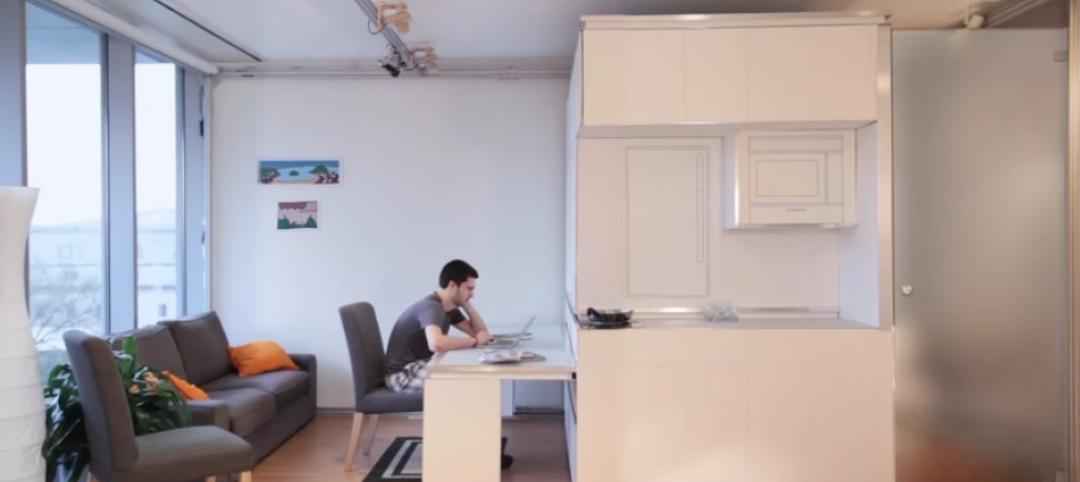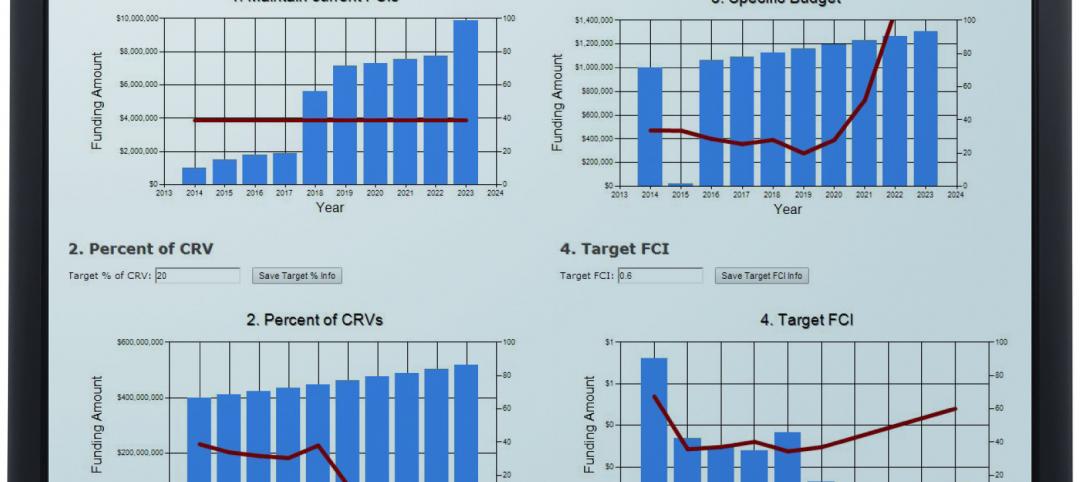The installation of RavenWindow smart window technology was recently completed at the U.S. Department of Energy’s Research Support Facility (RSF) on the campus of the National Renewable Energy Laboratory (NREL).
The self-tinting heat-activated filter allows solar heat into the building when it is desired, such as on a sunny winter day. Then, it blocks the sun when it’s not desired, such as on a hot summer day. Unlike window blinds, when the window is in the tinted state and blocking solar heat from entering the building, the occupants still can see outside and enjoy the view. Because of the energy savings, reduced glare and increased occupant comfort provided by managing the solar heat gain, the window swill also be installed at the RSF expansion wing, to be completed in late 2011.
“We are very pleased to have concluded the first ever installation of RavenWindow technology, and we could not have asked for a better first customer,” said Alex Burney, CEO of RavenBrick LLC.
“By adopting RavenWindow in this prestigious building, DOE and NREL have made a significant contribution to the creation of vital jobs in the clean-tech economy. This is an encouraging example of the merits of public and private sector partnership,” added Burney. BD+C
Related Stories
Building Tech | Aug 26, 2016
NBBJ’s Goldilocks sensor technology can help employees find a workspace that is just right
The technology measures light levels, humidity and temperature, motion, and sound.
Sponsored | BIM and Information Technology | Jun 23, 2015
Emerging technology reinvents construction principals
Gilbane discovered the anecdotal side of laser scanning pales in comparison to the dramatic ROI story.
| Dec 29, 2014
From Ag waste to organic brick: Corn stalks reused to make construction materials [BD+C's 2014 Great Solutions Report]
Ecovative Design applies its cradle-to-cradle process to produce 10,000 organic bricks used to build a three-tower structure in Long Island City, N.Y. The demonstration project was named a 2014 Great Solution by the editors of Building Design+Construction.
| Jul 10, 2014
BioSkin 'vertical sprinkler' named top technical innovation in high-rise design
BioSkin, a system of water-filled ceramic pipes that cools the exterior surface of buildings and their surrounding micro-climates, has won the 2014 Tall Building Innovation Award from the Council on Tall Buildings and Urban Habitat.
| Jul 1, 2014
Sochi's 'kinetic façade' may steal the show at the Winter Olympics
The temporary pavilion for Russian telecom operator MegaFon will be wrapped with a massive digital "pin screen" that will morph into the shape of any face.
| May 30, 2014
MIT researchers create 'home in a box' transformable wall system for micro apartments
Dubbed CityHome, the system integrates furniture, storage, exercise equipment, lighting, office equipment, and entertainment systems into a compact wall unit.
| Mar 12, 2014
New CannonDesign database allows users to track facility assets
The new software identifies critical failures of components and systems, code and ADA-compliance issues, and systematically justifies prudent expenditures.
| Feb 14, 2014
The Technology Report 2014: Top tech tools and trends for AEC professionals
In this special five-part report, Building Design+Construction explores how Building Teams throughout the world are utilizing advanced robotics, 3D printers, drones, data-driven design, and breakthroughs in building information modeling to gain efficiencies and create better buildings.
| Jan 10, 2014
What the states should do to prevent more school shootings
To tell the truth, I didn’t want to write about the terrible events of December 14, 2012, when 20 children and six adults were gunned down at Sandy Hook Elementary School in Newtown, Conn. I figured other media would provide ample coverage, and anything we did would look cheap or inappropriate. But two things turned me around.















